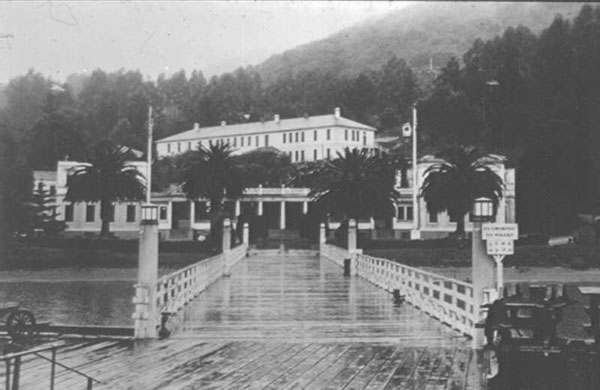 Jews are being killed and you intend to sit by quietly?” cried Rabbi Kalmanowitz. “If it were your own sons, would you be so calm? Get up and do something! Come with me and we’ll go to Washington right now…”
Jews are being killed and you intend to sit by quietly?” cried Rabbi Kalmanowitz. “If it were your own sons, would you be so calm? Get up and do something! Come with me and we’ll go to Washington right now…”
This was the rabbi’s reaction when he heard news of riots in Aleppo and of Jews being imprisoned and hanged in Cairo and Alexandria.
He didn’t speak Arabic, French or Spanish and even his Hebrew was pronounced in a different accent, and peppered with Yiddish expressions, but Rabbi Kalmanowitz spoke the language understood by all Jews, the language of the Jewish heart.
The story of the heroism and altruism of the great Gaon (originally, directors of the Jewish academies at Sura and Pumbedita in Babylonia), Rabbi Avraham Kalmanowitz, founder of the Mirrer Yeshiva of Brooklyn, is one of the most fascinating, untold stories of Jewish heroism in modern times.
The European born Rosh Yeshiva, Rabbi Avraham Kalmanowitz, ended up making a number of trips to France and North Africa, petitioning congressmen and senators and advocating bills in the US Congress that ultimately saved scores of Sephardic youth and their families from oppression in their native countries and brought them to Brooklyn, where they were able to begin their lives anew.
Rabbi Kalmanowitz was a great scholar who was really far more comfortable in front of a volume of Talmud than petitioning politicians in Washington. Nevertheless, when he saw that Jewish lives were in danger, he threw himself into emergency relief efforts, neither resting nor sleeping until the mission was complete.
Rabbi Kalmanowitz began his rescue work during the horrible dark days of the Holocaust. He arrived in America in the early 1940s as a penniless refugee, a witness to the systematic murder of European Jews. Upon his arrival, he contacted politicians, the Secretary of State and even President Roosevelt himself and, ultimately, through his tireless efforts, saved many thousands of Jews.
After the War, Rav Kalmanowitz brought over the rabbis and talmidim (students) of the Mirrer Yeshiva whom he had helped to save and sustain in Shanghai throughout the war years.
At that time, he reestablished and rebuilt the Mirrer Yeshiva from the ashes of Holocaust.
Still, in the 1950s, when he saw that Sephardic Jewry in Syria, Egypt, Morocco and other places were endangered, he could not rest. He used his connections in Congress and the State Department to petition for the passing of a law that would give Jews in Arab countries the status of oppressed minorities. By granting them “oppressed minority status,” the Jews would be able to procure emergency visas to the United States.
Rabbi Kalmanowitz did not rest with the passing of the law. He personally sponsored many Sephardic youth as students in the Mirrer Yeshiva. He took them into the Yeshiva as students, educated them and most of all, served as the parents whom they had left behind in Syria, Egypt or Morocco.
Some of these Sephardic students that he brought to the Mirrer Yeshiva in the 1950s, became the foundation of the Brooklyn Sephardic community as we know it today and serve as rabbis and community leaders.
That was just one of his many accomplishments on behalf of Sephardic Jewry.
Indeed, when one sees the growth of the Sephardic community—with its yeshivahs, rabbis, community leaders and public service organizations, the pivotal role Rav Avraham Kalmanowitz played in helping to bring Sephardic youth to these shores takes on great significance.
The manner in which he selflessly reached out to them, both materially and spiritually, will be recorded in the annals of history as one of the most heroic acts of hatzalah (rescue) in our time.



